Conservation of artifacts is the need of the hour but equally important is its scientific study to understand better the materials used to make artifacts, their decay process, their method of making, by recording their present state of preservation through scientific photography using combination of visible lighting procedures besides using invisible radiations such as U.V., IR and X-rays to record even what is not seen by the naked eye. Various components of an artifact can be analysed and identified by using conventional methods of analysis or instrumental analytical techniques especially the non destructive techniques using latest strides made by Science & Technology over the last century. This would enhance our knowledge about the bigone days which would help mankind to know their ancestors better. Various dating technique of relative and absolute dating have also been described in detail. Prospects of research on material sciences and better conservation techniques has also been dealt, highlighting some of the studies those have been done in the recent past and future plans in this respect have been explained. Collaboration of various institutes (research as well as functional repositories) like museums, archives and archaeological departments has also been suggested in the interest of artifacts & advocating their comprehensive study about history of arts and sciences as related to our ancient and modern art works.
Scientific Aspects of Heritage Study
by A.S. Bisht
$49.50
$55.00
In stock
Free & Quick Delivery Worldwide
All orders amounting to US$ 50 or more qualify for Free Delivery Worldwide. For orders less than US$ 50, we offer Standard Delivery at $14 per book.
ABOUT THE AUTHOR A.S. Bisht
A.S. Bisht studied Science before doing postgraduate study in Art Conservation from Australia during the years 1960-1961 having been selected by the Commonwealth office of Education, Sydney, Australia under Australian Govt. Senior Fellowship. He joined the ASI in 1954 before selection in the National Museum, New Delhi in 1958. After working on various positions in the National Museum, New Delhi became the Head of its Conservation Department in 1978 and has been instrumental for the post 1978 development in its present form till he retired as Chief Restorer in March 1991. He was actively associated with the projects undertaken by the Laboratory between 1958 to 1991. He has contributed over a hundred research papers in various publications in India and abroad. He is author of the book "Challenges in Conservation of Indian Miniatures" and edited/published some other publications of IASC. He was associated with the drafting of the syllabus for M.A. (Conservation) course of the NMI (A deemed University) and has been teaching Art Conservation since its inception. After retirement he is associated with the Faculty of Art Conservation as a Visiting Professor. He has been guiding students and evaluating the M.A. & Ph. D thesis since 1991 in the field of conservation. He is one of the Founder Members of IASC and worked in various capacities including its President before being elected its Hony. Fellow. He is a Life member of MAI and was elected Fellow of the IIC, London bringing international recognition to him in his specialized field, he has travelled extensively in India and abroad including Australia, Indonesia, Japan, U.S.A, Europe, USSR, Afganistan and Bhutan on various assignments by international bodies like UNESCO. He is a Devotee of Sri Satya Sai Baba to whom he attributes all his achievements and success in life.
reviews
0 in total
Review by Anonymous
Be the first to review “Scientific Aspects of Heritage Study” Cancel reply
You must be logged in to post a review.
Bibliographic information
Title
Scientific Aspects of Heritage Study
Author
Edition
1st. ed.
Publisher
ISBN
8173200580
Length
xv+181p., Plates; Figures; Bibliography; Appendix; 25cm.
Subjects
more by A.S. Bisht see more
similar bookssee more
Function and Meaning in Buddhist
$123.30
$137.00
Cultural Archaeology of Ahmadnagar During Nizam Shahi Period (1494-1632)
A book about Ahmadnagar, a ...
$40.50
$45.00

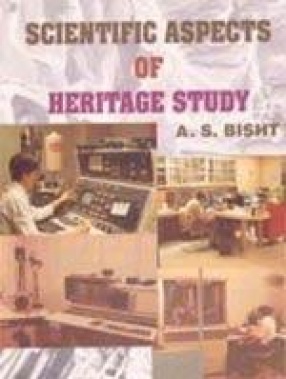
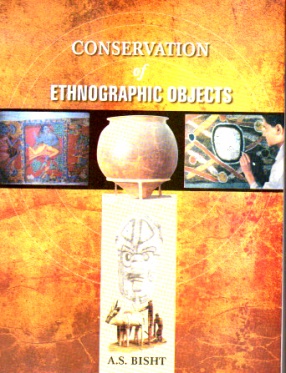
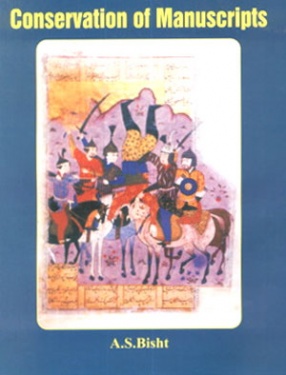
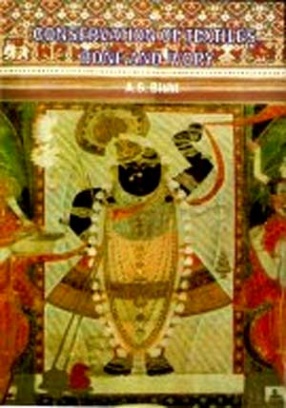
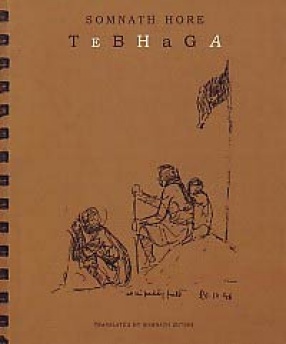
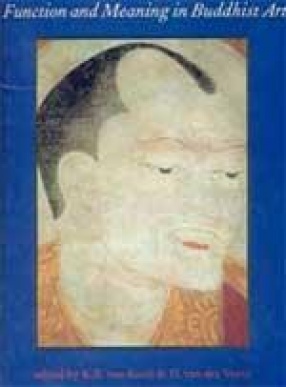

There are no reviews yet.